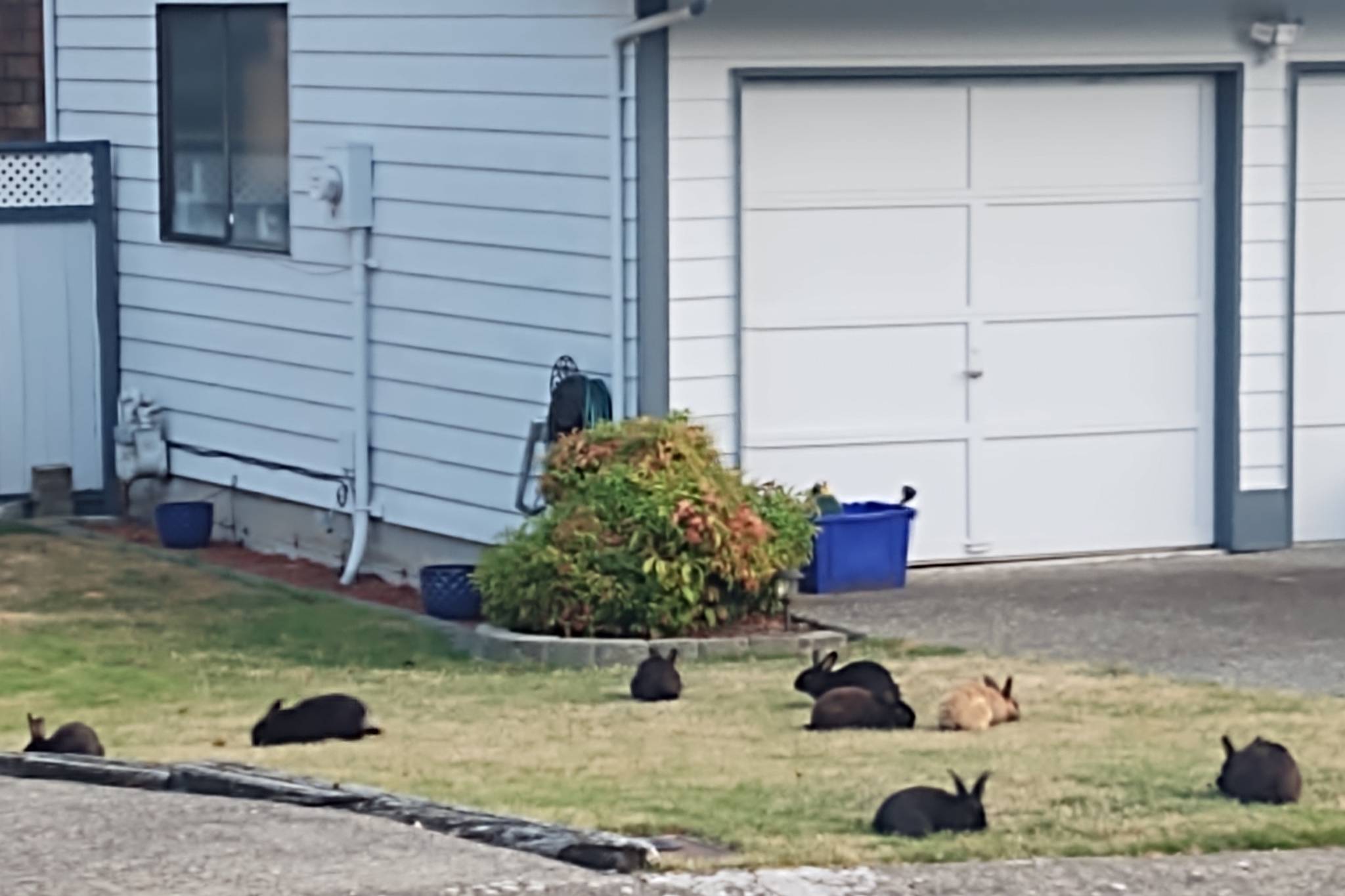The population of feral domestic rabbits in Auburn has exploded in recent years. The problem initially started when residents released their domestic rabbits into the wild, Auburn Animal Control Officer Ray Peckham said.
“Domestic rabbits like lionhead and lops have been released in some neighborhoods and they appear to have thrived in the environment, and they have since had a boom in the domestic rabbit population in certain areas,” Peckham said.
The domestic rabbits are evidently well suited to live in the local environment. To make matters worse, rabbits breed extremely quickly, taking only 30 days to birth a litter, meaning one rabbit can give birth to dozens of rabbits each year, Peckham said.
Due to the rapid reproduction rates, the domestic feral rabbits that are alive in Auburn today are likely several generations removed from the domestic rabbits that were initially released, Peckham said.
The feral domestic rabbits aren’t harming the natural balance of Auburn’s wildlife — if anything, they’re just an additional food source for predators, Peckham said.
“From what I can tell, and from talking with the Department of Fish and Wildlife, it appears they’re just providing more resources for predators, so predators may have an abundance of food available,” Peckham said. “So that’s why we see dips in population over time.”
The Lea Hill neighborhood has the biggest population of feral domestic rabbits in Auburn, and they can be an unwelcome pest for homeowners. Simple fences around gardens, with wire mesh, can be an effective deterrent for feral rabbits, Peckham said, and there are also several rabbit repellents you can put in your lawn. A more proactive approach is using live traps to contain the rabbits, then taking them to the Humane Society, Peckham said.
There are several native rabbit species in Washington, the most common being the cottontail rabbit. It’s fairly easy to tell the difference between feral domestic rabbits and native species.
“The native cottontails are pretty easy to identify. They’re brownish in color and they all look the same and they have pointier ears,” Peckham said. “The lionheads are a domestic rabbit that have bushier fur around its neck area so it appears they have a mane. The lops have these big floppy ears whereas the native rabbits have pointy ears. The domestic releases come in a variety of colors — black, white and blondish-brown.”
Auburn Animal Control is currently working with the Lea Hill community to develop a plan for addressing the feral domestic rabbit population, Peckham said. Getting the population under control will take the whole community’s cooperation.
“It’s nothing that can be done by one person. It’s going to take the whole community. I’m working with some people in the [Lea Hill] community,” Peckham said. “If we get the whole community on board, we can put up some safeguards and do some trapping.”
Animal Control may try to schedule a day to trap the rabbits en masse and take them to the Humane Society. Another potential solution Animal Control is looking into is trapping and sterilizing the domestic rabbits before releasing them back into the wild to prevent them from reproducing, Peckham said.
Before moving forward with any plan, Animal Control will talk with Lea Hill residents to make sure everyone is on board with their plan.



